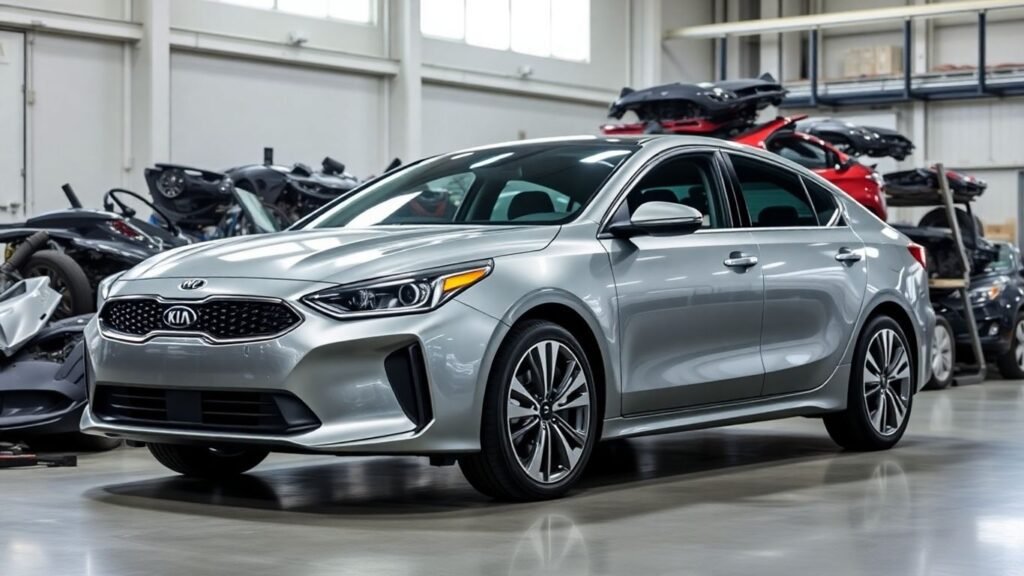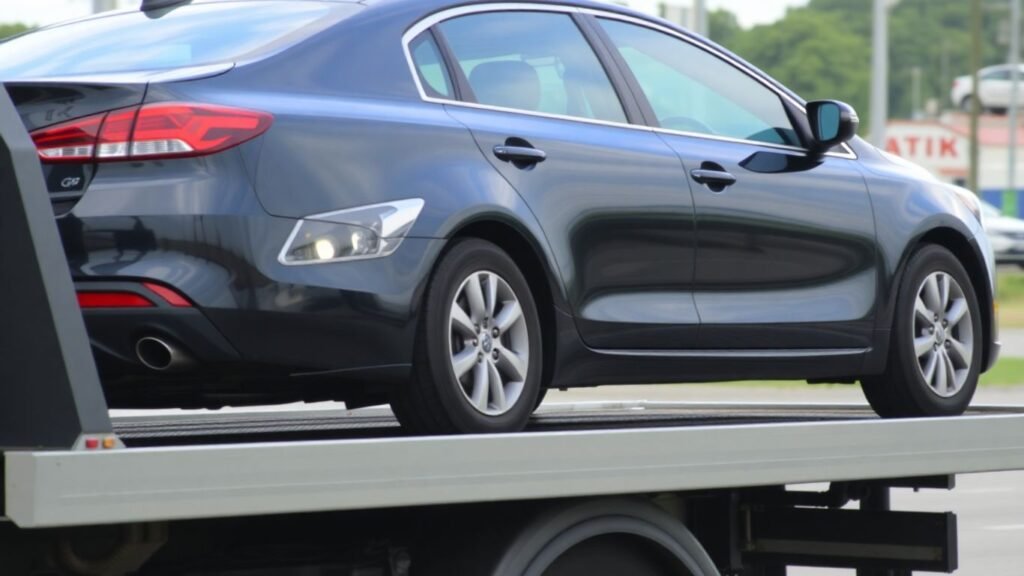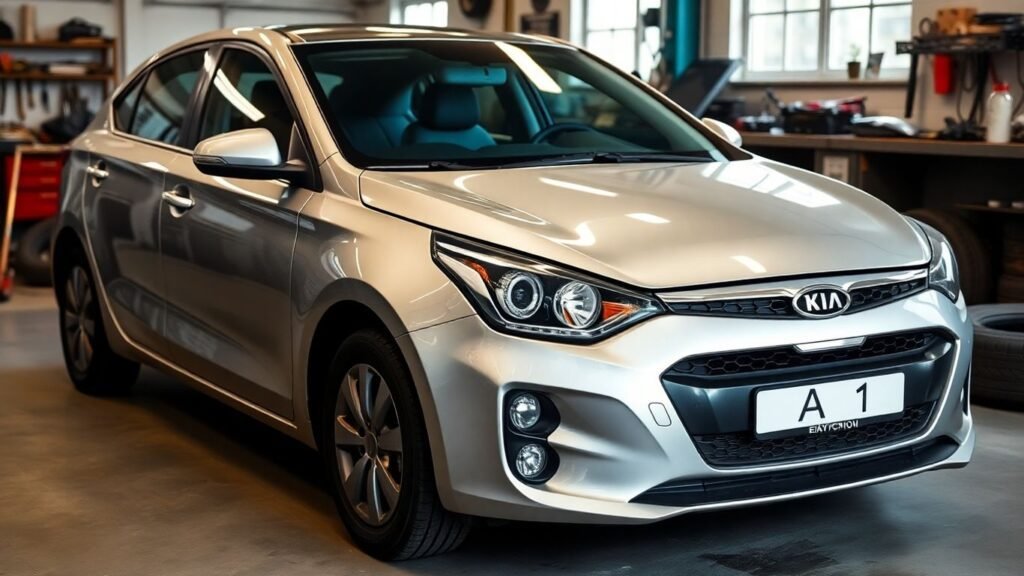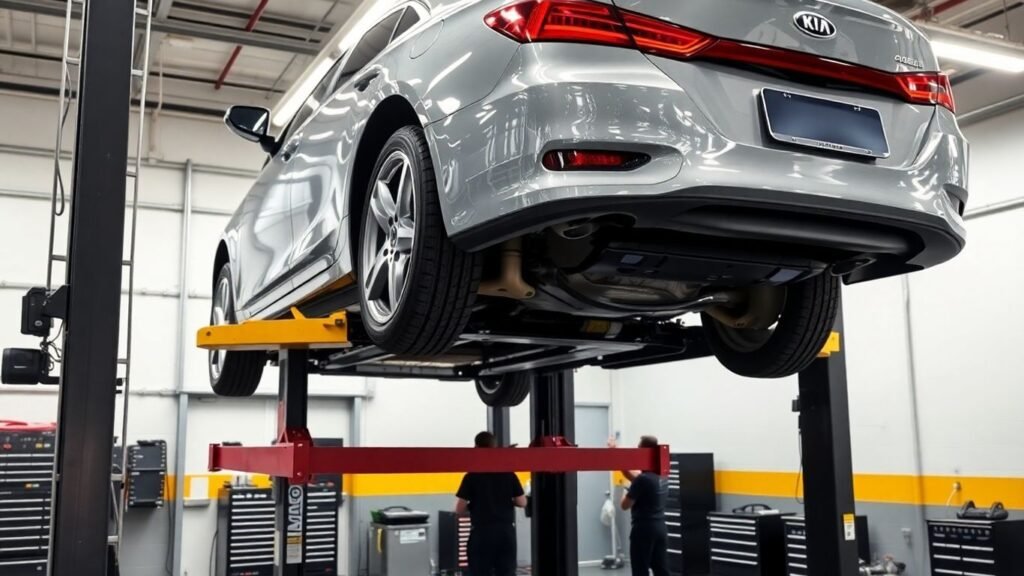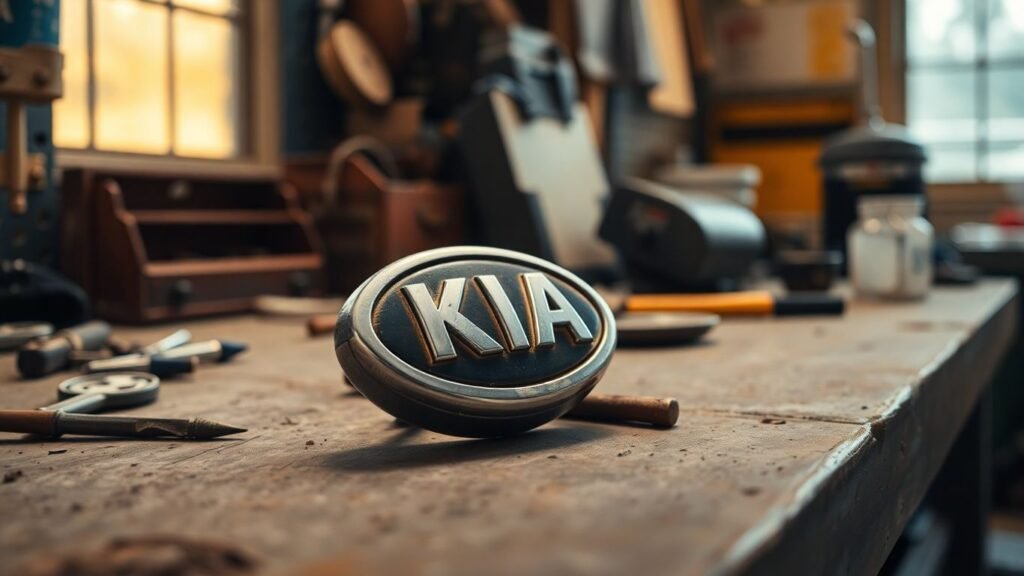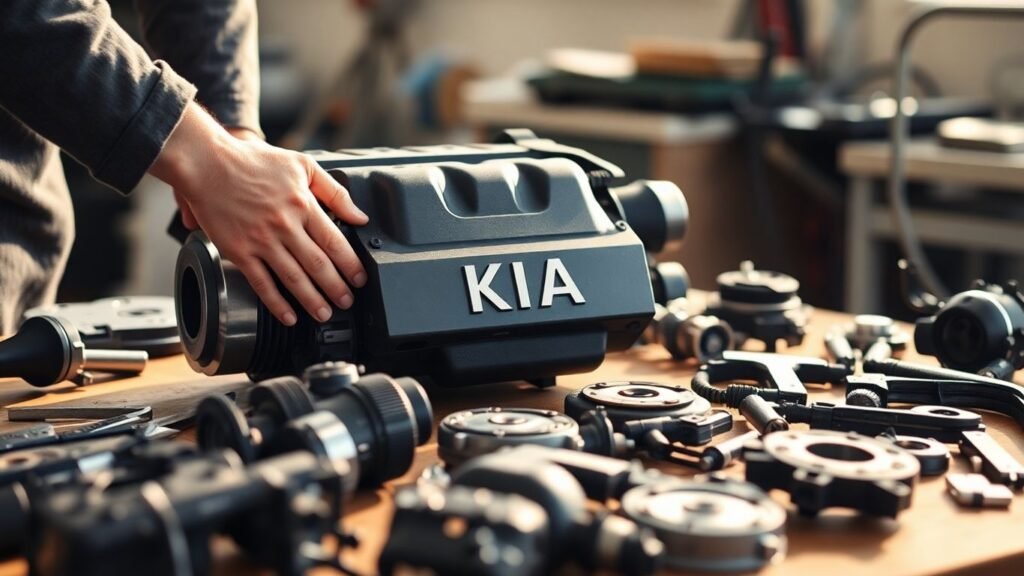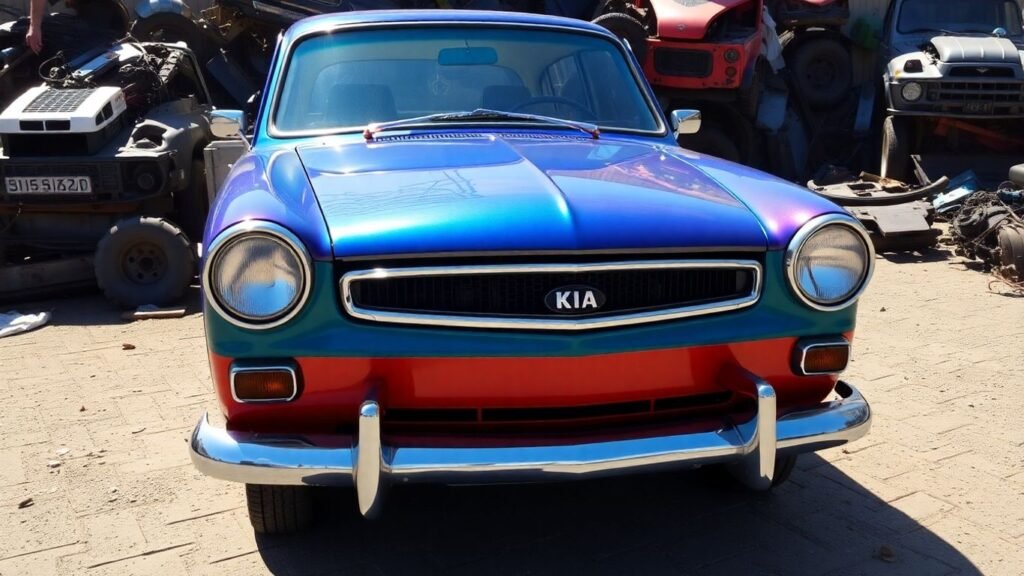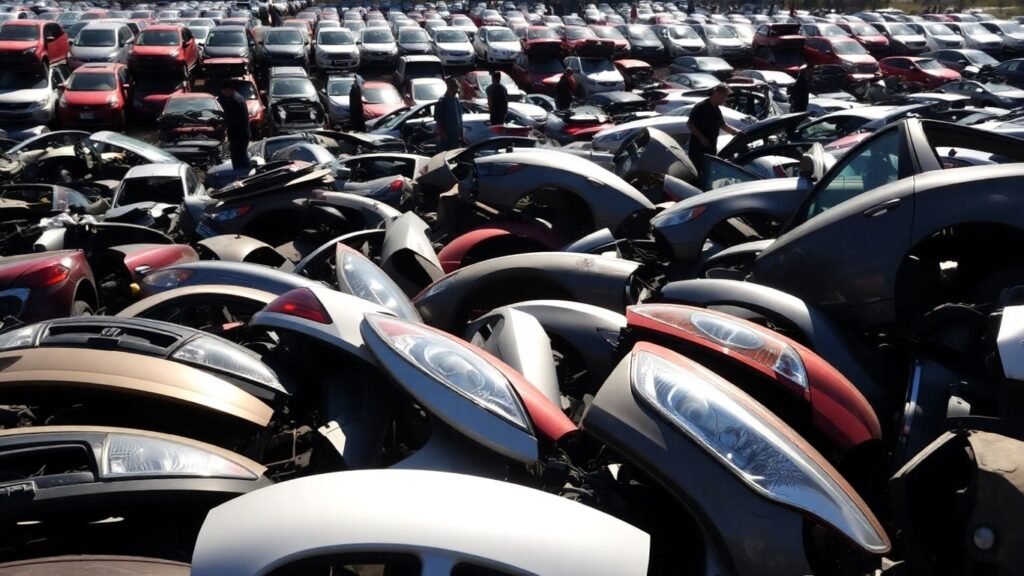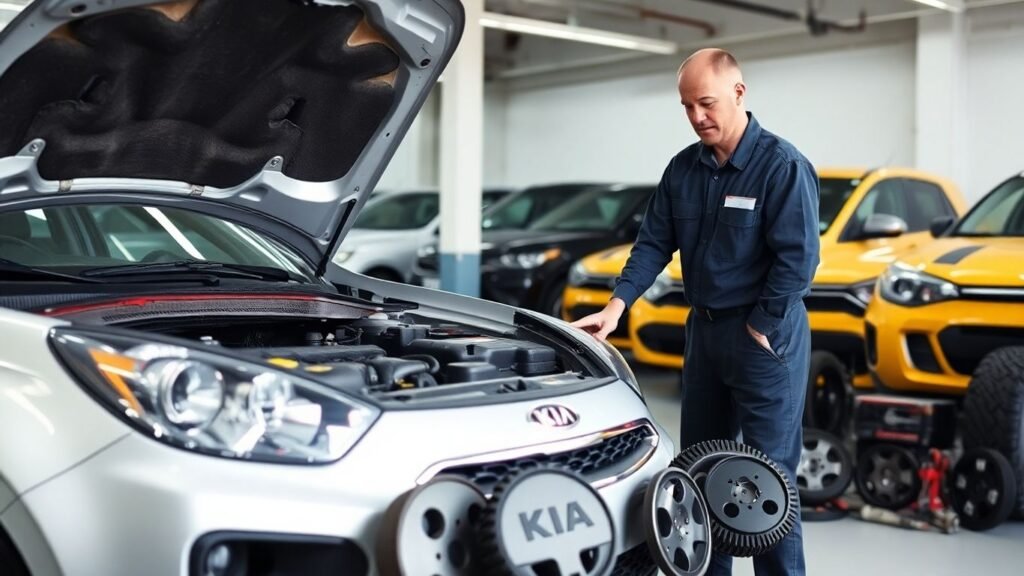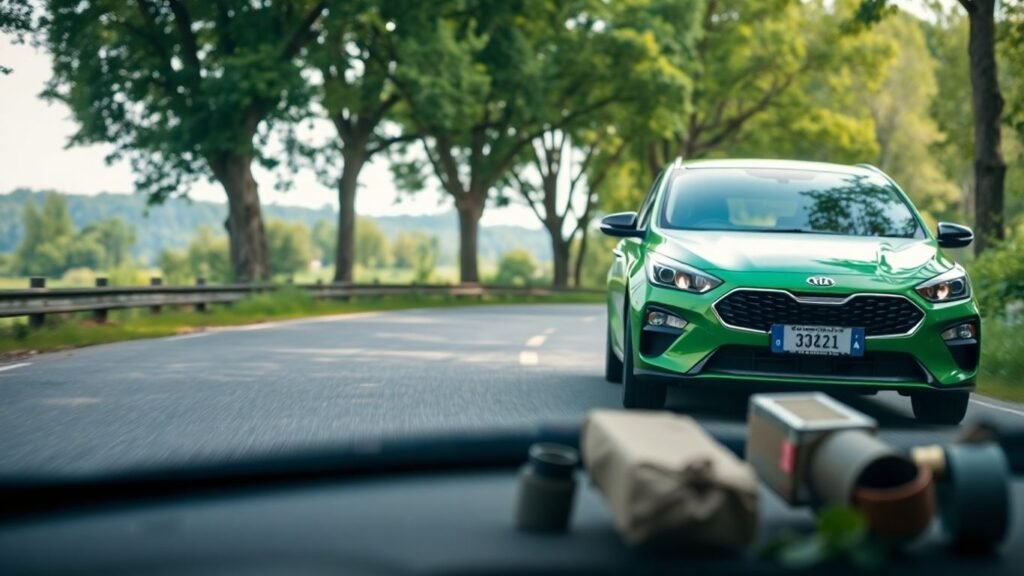The Future of Kia Cars: How Wreckers are Shaping Reliability and Innovation
You know, thinking about the future of cars can get pretty complicated. We hear a lot about electric this and self-driving that. But what about the cars we already have on the road, especially brands like Kia? Turns out, the folks who take apart old cars, the wreckers, are playing a bigger role than you might think. They’re not just getting rid of junk; they’re actually helping make newer Kias more reliable and even pushing the industry forward. It’s a bit of a behind-the-scenes operation, but it matters for how we think about cars today and tomorrow. Key Takeaways Wreckers are becoming important for Kia’s reliability by salvaging and testing high-demand parts, ensuring quality for reused components, and offering economical alternatives. The auto wrecking sector contributes to innovation by identifying trends in part demand and adapting to new technologies, preparing for the influx of electric and hybrid Kia models. Responsible disposal practices at wreckers help reduce Kia’s environmental footprint through material recycling and adherence to environmental standards. Navigating regulations is key for wreckers, covering everything from licensing to the safe handling of hazardous materials from end-of-life Kias. Consumers benefit from wreckers through cost savings on parts and repairs, potential incentives for responsible disposal, and the need to choose reputable services for Kia vehicles. The Evolving Landscape of Kia Vehicles at Wreckers Common Kia Models Entering Wrecking Yards Kia cars, much like many other brands, eventually find their way to wrecking yards. Models that were once popular, like the Kia Rio or the Sportage from the early 2000s, are now aging. When major repairs are needed, like engine work or transmission issues, the cost often becomes more than the car is worth. This is especially true for models that were originally budget-friendly. It’s not uncommon to see these vehicles arrive at a yard when their owners decide it’s more practical to get a newer car than to fix the old one. Factors Driving Kia Vehicles to Wreckers Several things push a Kia towards the wrecking yard. Age is a big one; parts wear out over time. Major accidents are another obvious reason – if the damage is too severe, fixing it just doesn’t make sense financially. Sometimes, it’s simply the cost of routine maintenance on an older vehicle that becomes too much for the owner. Think about it: a few thousand dollars for a repair on a car that’s only worth a couple thousand? Most people would rather put that money towards something newer and more reliable. The journey of a Kia from a family car to a collection of salvageable parts is a common one. It’s a natural part of the automotive lifecycle, driven by economics and the simple fact that cars don’t last forever. The Future of Kia Cars and the Role of Wreckers As Kia continues to innovate with new technologies, including electric and hybrid models, the role of wreckers will change. Handling high-voltage batteries and complex electronic systems will require new skills and equipment. Wreckers will need to adapt to process these advanced vehicles, focusing on recycling valuable materials and salvaging specialized components. This shift means the wrecking industry isn’t just about old gasoline cars anymore; it’s becoming a key player in the sustainable lifecycle of all types of vehicles, including the future of Kia. How Wreckers Contribute to Kia’s Reliability You might think of car wreckers as just places where old cars go to die, but they’re actually a pretty big deal when it comes to keeping Kias on the road and even making them better. It’s not just about crushing metal; it’s about salvaging parts that still have plenty of life left in them. Think about it – a Kia that’s maybe ten or fifteen years old might have a perfectly good transmission or a set of headlights that are still in great shape. These aren’t just random bits and pieces; they’re components that can be tested, cleaned up, and then sold to someone who needs them for their own Kia. This whole process means that a car that might otherwise be headed for the scrap heap can actually help keep another vehicle running smoothly. It’s a smart way to extend the life of parts and, by extension, the cars themselves. Salvaging and Testing High-Demand Kia Parts When a Kia rolls into a wrecking yard, it’s not just a pile of metal. Skilled folks go through it, looking for parts that are still in good working order and are likely to be needed by other Kia owners. They’re particularly interested in components that are known to be reliable or are expensive to buy new. Things like engines, transmissions, alternators, and even smaller electronic modules are carefully removed. But they don’t just pull them out and stick them on a shelf. These salvaged parts undergo a series of checks and tests to make sure they meet certain standards before they’re offered for sale. This testing is key. It means that when you buy a used part from a reputable wrecker, you’re not just getting a cheap alternative; you’re getting something that’s been verified to work. This careful selection and testing process is a big reason why wreckers can actually boost the reliability of Kias out there on the road. Ensuring Quality Control for Reused Components Quality control is a big word in the auto industry, and it applies just as much to used parts as it does to new ones. Wreckers who are serious about their business have systems in place to check the parts they salvage. This might involve visual inspections, running diagnostic tests, or even bench testing components to see how they perform. For example, an engine might be checked for compression, or a transmission might be inspected for smooth gear changes. They know that if they sell faulty parts, their reputation takes a hit, and customers won’t come back. So, they have a vested interest in making sure that the parts they put back into circulation are good. It’s a bit like

